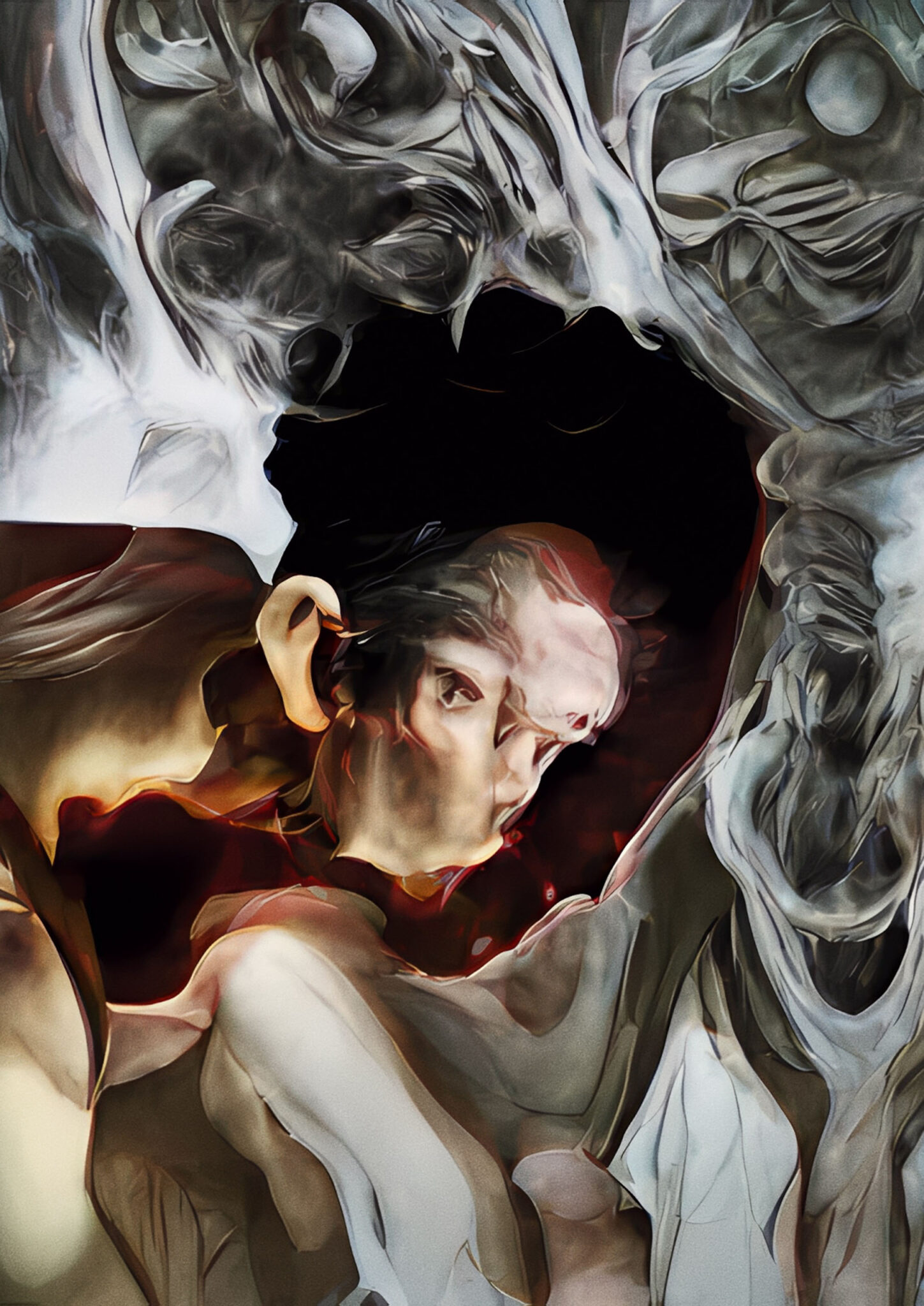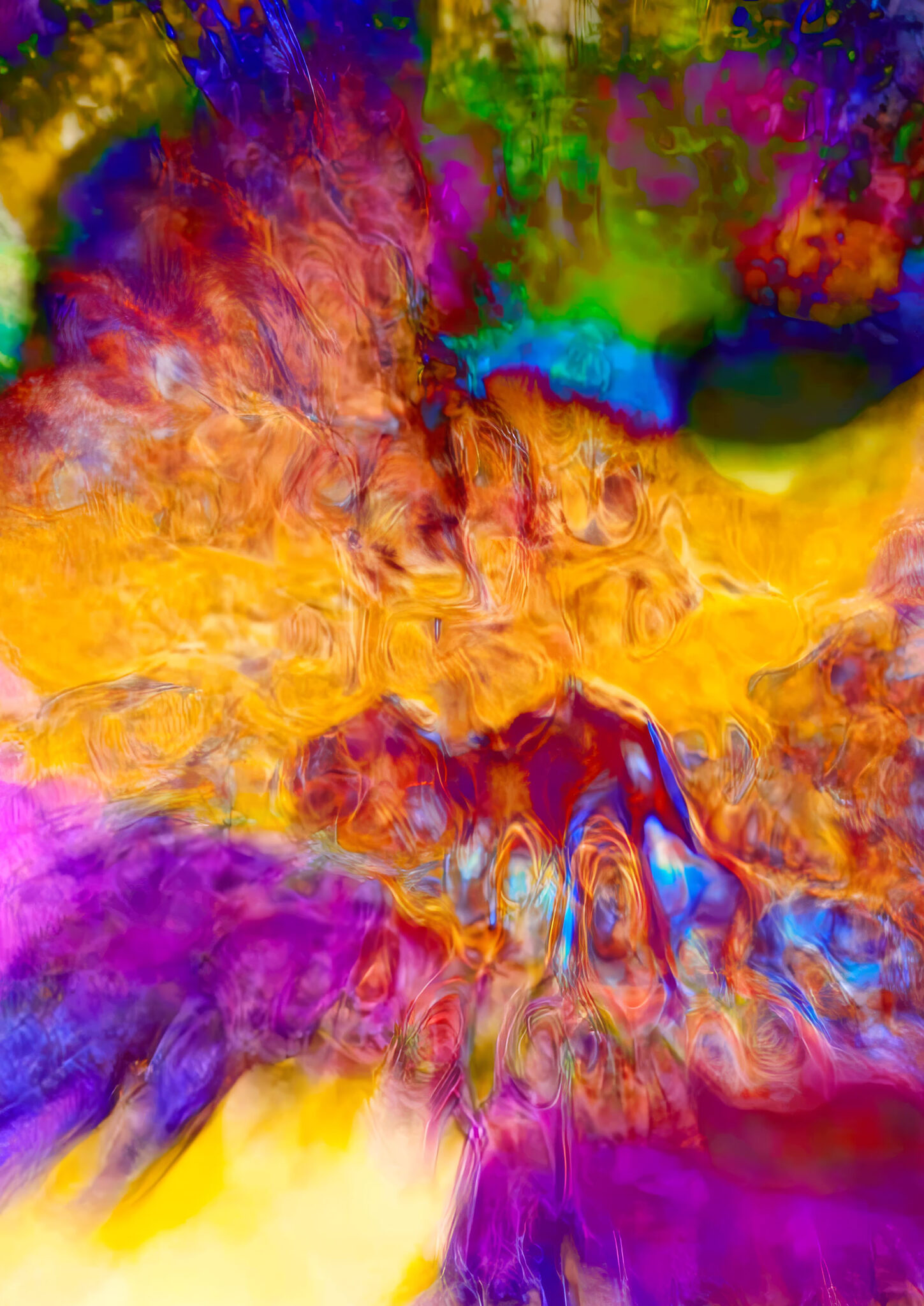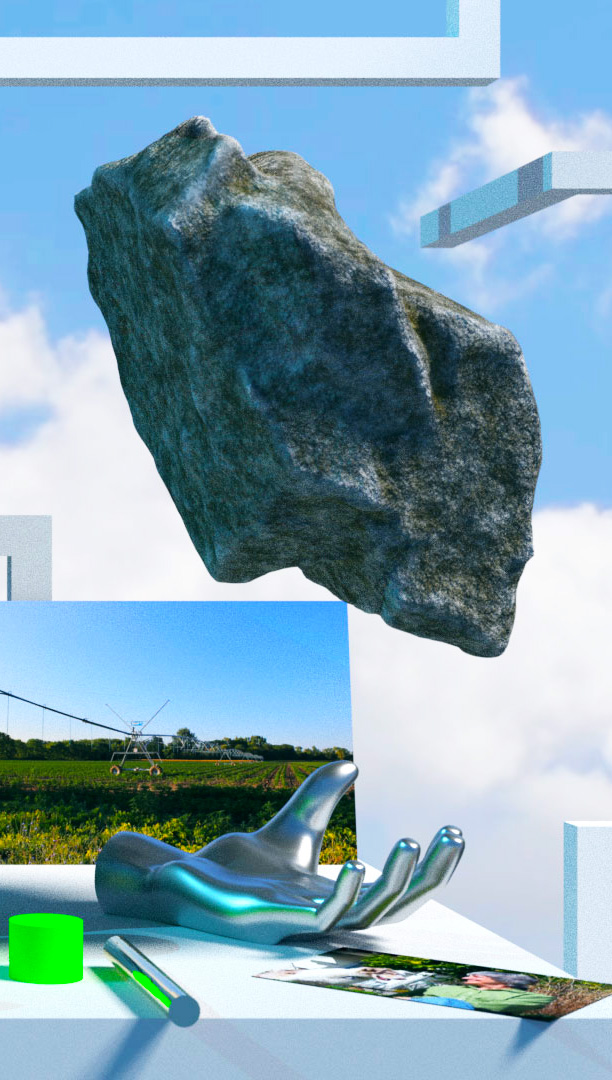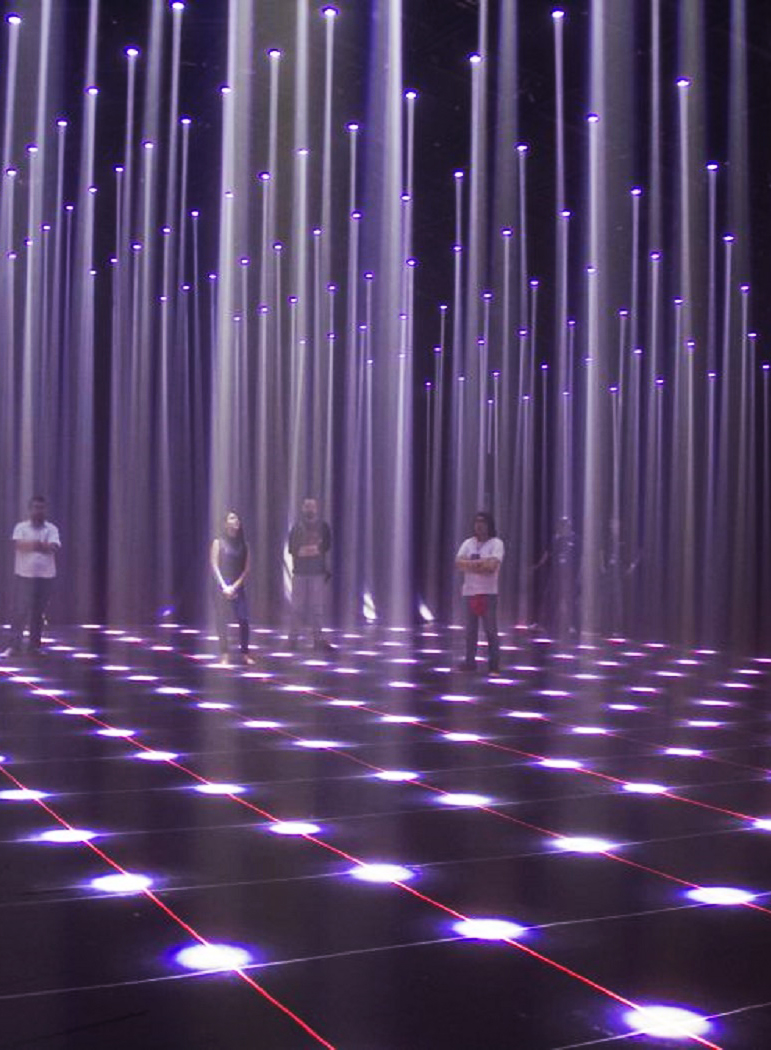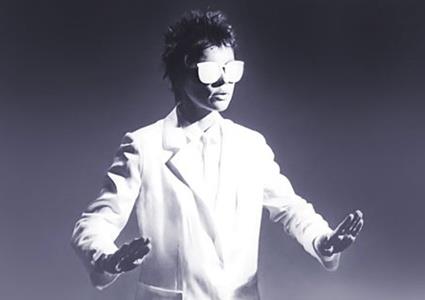迈克·温克尔曼
Майк Винкельман
minor peon
La cantidad no es lo mismo que la calidad, ya lo sabemos, pero el diseñador gráfico estadounidense Mike Winkelmann (alias Beeple) ha logrado hacer coincidir las dos cosas. Beeple, con su carácter autocrítico, decidió que la mejor manera de mejorar su talento artístico era completar una obra completa en un día, todos los días. Así nació el proyecto Everydays, que ya se encuentra en su octavo año consecutivo, y en 2015 la ciencia ficción es la principal inspiración. Cada año Beeple utiliza un medio diferente para crear sus obras artísticas, y este año el artista ha utilizado herramientas digitales como Cinema 4D, Octane Renderer, Z-Brush y X-Particles. En menos de 24 horas, Beeple es capaz de crear una ilustración digital hiperrealista que parece haber tardado mucho más en hacer. Los increíbles resultados resaltan paisajes y escenarios futuristas que parecen sacados de una película de ciencia ficción, donde hay un claro contraste entre la pequeñez de la figura humana (a veces casi imperceptible) y el aparato tecnológico que tiene frente a él. Otras obras, en cambio, representan formas más abstractas, que, sin embargo, nunca se apartan de su carácter futurista. Profundamente detallada y minuciosa, parece imposible que cada una de estas obras se cree y complete en un día, pero lo cierto es que la estadounidense El artista ya está en el 3030 de trabajo consecutivo y no parece querer frenar el ritmo. Es decir, es un artista reacio a la dilación.


